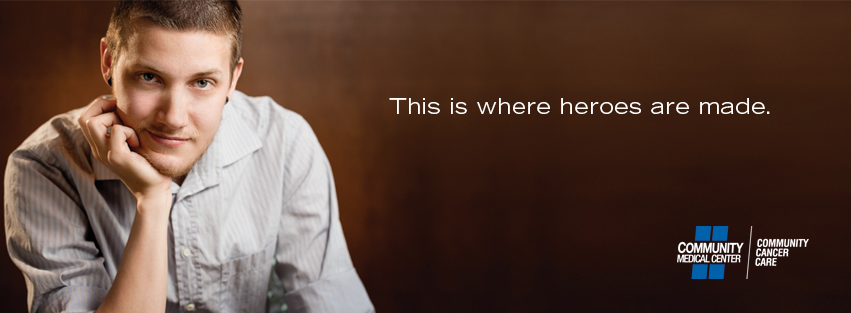What makes a great campaign stand out from a good campaign is that the creative team needs to fully understand the power and value of different medias. They should understand that each medium presents the message in a unique way. When it comes time to make your media buys, you better be able to decide which medium is the correct choice for your campaign. In other words, let the message dictate the medium.
There’s no official rules to using different media but here’s a breakdown of a few and how I see their good and bad points.
Television/video
The Good: Visual, tells a story, quick to grab attention and create an emotional connection. Production is the key to success in video. Because you are relying on so many elements in video, your team has to be able to deliver on every element for it to be impactful and most importantly, create an instant emotion in the viewer. Dodge did this during the Superbowl two years ago with God Made a Farmer.
The Bad: The biggest misconception is that length dictates quality of a commercial. Not true. Anything over 30 seconds and you’re pushing your viewers attention span so you better be able to do something magical and by magical I mean something along the “God Made a Farmer” type of magic. If you can’t afford to have it done professionally and keep it at 30 seconds or less, then skip it and go a different direction.
Print
The Good: Print is not dead. Print is a highly visual medium and quick to grab attention. It gives you a chance to present your message and brand in a way that is unexpected as well as tell your story through well written copy.
The Bad: Too much copy or copy that is poorly written will kill your message. Using “expected” stock photography or imagery will not grab people’s attention. Print is 100% about the visual aspect. If they aren’t connecting to the image the rest of the print message will not matter. Creating a visual that delivers instant emotion is where it’s at in print.
Outdoor/Transit
The Good: This is purely a visibility medium. It’s about maintaining and making your brand/message “sticky.” It’s the daily reminder to the audience that your brand/message is relevant, in action and here to party.
The Bad: Trying to convey too much information and cluttered visuals will kill a billboard faster than anything. When’s the last time you memorized a phone number off a billboard? If some C-suite suit says they want a phone number on the billboard, ask them when was the last time they wrote a phone number down while driving 80mph. You should probably compliment them on their tie after you say that of course.
Social Media
The Good: If conversation and content is king, then social media is a playground for building your castle. It’s real time engagement, it’s giving you an opportunity to have open and honest conversations with your targeted demographic and audience. Facebook ad campaigns are cheap and you can drill down your target demographic insanely well.
The Bad: If you can’t stand open, honest and candid feedback about your brand then don’t even bother. If all you have to say or present on social media is some form of chest thumping about how awesome you are then step aside. If you think all social media is used for is to sell stuff, move along. You get the picture? If you can’t be real then this isn’t your place to be.
Radio
The Good: Radio is awesome for presenting a solution for someone with an immediate need. If I have three hot-dogs left to sell, radio is how I’m gonna get that done. It’s down and dirty, in your face and all about the message. And in radio that message is “if you need it now, we’ve got it.”
The Bad: There is literally nothing worse than bad radio spots. Well, there is and that would be bad local television spots that use kids and sports mascots to sell auto body work or tractors (that’s another story). Production is critical and so is time. When done correctly, give me 15 seconds and I can sell you the world, or at least my last three hot-dogs.
What’s the takeaway here? You can’t stuff one message into every medium and be successful. It’s takes strategy, planning, commitment to good production, budget and most of all, the ability to utilize different mediums to their potential while still maintaining a consistent message and brand. Good luck camper…now get out there and get some.



